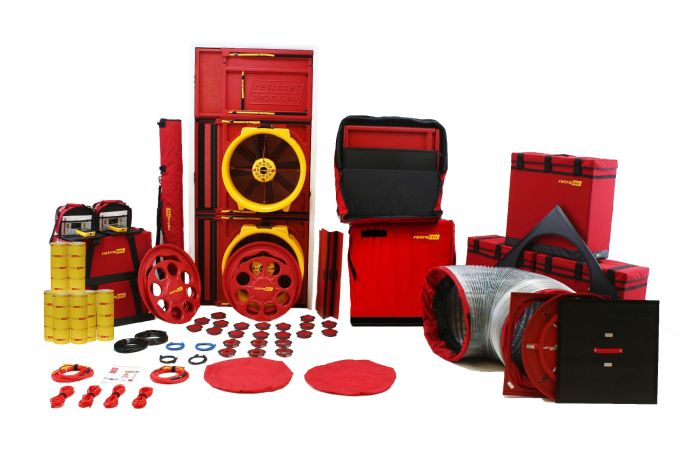1. To measure the leakage rate of an enclosure: This helps in determining whether the room or enclosure can retain the fire suppressant agent (such as FM200, NOVEC1230, Inert Gases, or CO2) for the minimum required time to extinguish a fire effectively.
2. To identify weak points in the enclosure’s structure where sealant may be needed: These might be gaps around doors, windows, ventilation ducts, or cable penetrations which could allow the suppressant to escape too quickly.
3. To ensure the effectiveness of fire suppression systems: By confirming the integrity of the enclosure, stakeholders can be assured that, in the event of a fire, the suppression system will function as intended, effectively reducing the risk of damage to equipment and infrastructure and ensuring the safety of personnel.
4. Compliance and Certification: Passing an enclosure integrity test is often required for compliance with national and international safety standards and guidelines, thereby certifying that the facility meets safety regulations.
The test typically involves creating a slight pressure difference between the inside and outside of the enclosure to simulate the effects and distribution of the suppressant gas without actually discharging it. Various tools and techniques, such as door fan tests, are used to measure the rate of leakage and calculate the hold time of the suppressant within the enclosure.
Passing enclosure integrity testing is crucial for the certification and operational readiness of fire suppression systems, making it an essential consideration in the design and maintenance of secure facilities.

